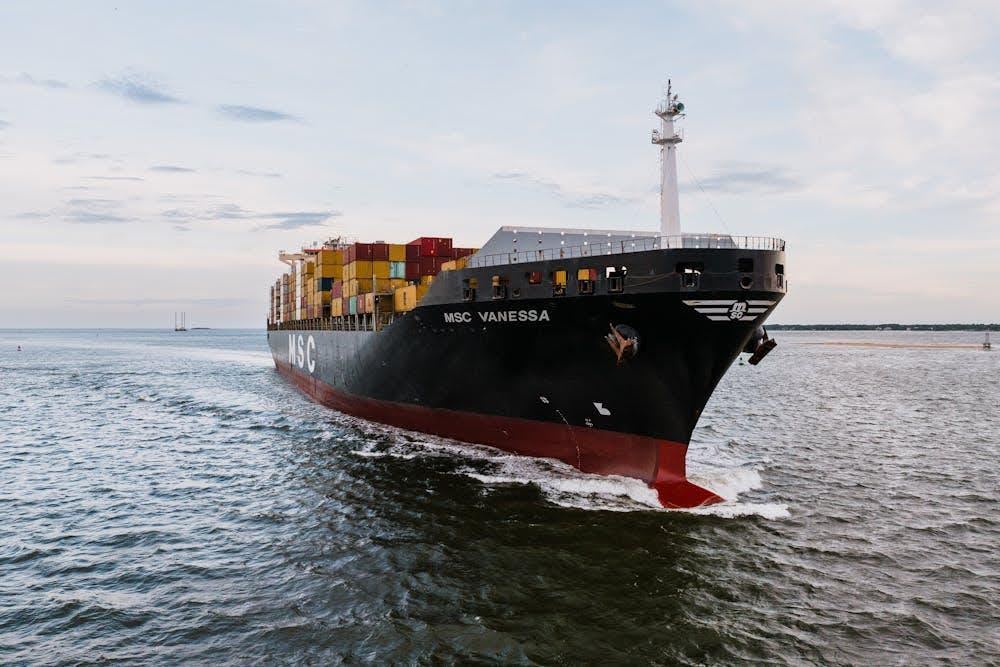Importing goods into Canada is a significant aspect of international trade, providing businesses with access to a wider market, competitive pricing, and a greater variety of products. However, navigating the Canadian import landscape requires a thorough understanding of regulations, documentation, and logistical processes. This guide will provide a comprehensive overview of importing into Canada, equipping you with the knowledge to successfully navigate the import process.
Canada Import Regulations
Compliance with Canadian import regulations is crucial to avoid delays, penalties, or even shipment rejection. These regulations are designed to protect Canadian consumers, businesses, and the environment, ensuring the safety and integrity of imported goods. Understanding these regulations is essential for anyone involved in importing into Canada, whether you’re a seasoned importer or just starting.
Several authorities play a key role in regulating imports, each with its specific area of focus:
- Canada Border Services Agency (CBSA): As the primary customs authority, the CBSA is responsible for border control, administering customs duties, and enforcing trade regulations. They play a critical role in facilitating legitimate trade while preventing the entry of prohibited or restricted goods.
- Transport Canada: This agency oversees the transportation of goods within Canada, including imports. They regulate various aspects of transportation safety, such as the movement of dangerous goods, ensuring that imported goods are transported safely and responsibly.
- Health Canada: Health Canada is responsible for protecting the health and safety of Canadians. They regulate the import of various products, including food, drugs, medical devices, cosmetics, and natural health products, ensuring they meet stringent safety and quality standards.
- Canadian Food Inspection Agency (CFIA): The CFIA safeguards Canada’s food supply and agricultural resources. They regulate the import of food, plants, animals, and related products, ensuring they are free from pests and diseases and meet Canadian standards for food safety and plant and animal health.
Key legislation governing importing goods into Canada includes:
Customs Act
This Act establishes the overarching legal framework for importing goods into Canada. It covers a wide range of aspects, including customs duties, tariff classification, valuation of goods, and import restrictions. It also outlines the powers and responsibilities of the Canada Border Services Agency (CBSA) in administering and enforcing customs laws.
Customs Tariff
The Customs Tariff of Canada sets out the specific rates of duty that apply to various imported goods. These duty rates are based on the classification of goods under the Harmonized System (HS) code, an internationally standardized system of names and numbers for classifying traded products.
Import Control List (ICL)
The ICL identifies goods that are subject to import controls, including those requiring import permits or other restrictions. This list covers a wide range of products, such as firearms, textiles, steel, certain agricultural goods, and more. It’s essential to consult the ICL to determine if your goods require special permits or authorizations before importing them into Canada.
Canada Consumer Product Safety Act (CCPSA)
This Act focuses on protecting the health and safety of consumers by establishing mandatory safety requirements for consumer products sold in Canada, including imported goods. It covers various aspects of product safety, including labeling, testing, and reporting requirements. Importers must ensure that their products comply with the CCPSA to avoid potential penalties or product recalls.
Ensure Compliance of Goods
Before importing to Canada, ensure your products meet all applicable Canadian standards, including safety, health, and environmental regulations. Certain goods may require special import permits, and certifications like ISO or CSA may be necessary. Failure to comply can result in legal issues and delays in customs clearance.
Identifying & Classifying Goods for Import to Canada
Proper identification and classification of your goods are fundamental steps in the Canadian import process. These steps determine the applicable duties and taxes, ensure compliance with import regulations, and facilitate smooth customs clearance.
Tariff Classification with HS Codes
Correctly classifying your goods using the Harmonized System (HS) code to your goods is crucial for determining the accurate rate of duty and ensuring compliance with Canadian customs regulations. Inaccurate classification can lead to delays, penalties, or even shipment rejection.
Determining Duties and Taxes
Once you’ve identified the correct HS code for your goods, you can calculate the applicable duties and taxes. This involves considering the value of the goods, the country of origin, and any preferential trade agreements that may apply. The primary taxes levied on imported goods in Canada include the Goods and Services Tax (GST), Provincial Sales Tax (PST), and Harmonized Sales Tax (HST), which varies by province.
Canadian Customs Clearance
Clearing customs is a critical stage in the import process. It involves submitting a customs declaration to the Canada Border Services Agency (CBSA), typically through electronic systems. With the upcoming CBSA and Revenue Management (CARM) Release 3 launch, the process will see significant updates, including the replacement of the traditional B3 form. The key elements of the customs clearance process will include:
- Commercial Accounting Declaration (CAD): The CAD will serve as the primary customs declaration, replacing the B3 form. It allows for the electronic submission of import information, enabling faster processing and reducing paperwork.
- ACI eManifest: This electronic system requires carriers to provide advance information about incoming shipments to the CBSA, enhancing border security and facilitating faster clearance.
While importers are ultimately responsible for customs clearance, many choose to engage customs brokers to handle the complexities of the process on their behalf.
Required Documents for Canadian Imports
The specific documents required for importing goods into Canada can vary depending on the nature of the goods, their origin, and the chosen Incoterm (International Commercial Terms). However, some common documents include:
- Commercial Invoice: A detailed invoice outlining the transaction between the seller and buyer, including product descriptions, quantities, and values.
- Bill of Lading: A legal document issued by the carrier acknowledging receipt of the cargo for shipment.
- Packing List: A detailed list of the contents of each package, including descriptions, quantities, and weights.
- Certificate of Origin: A document certifying the origin of the goods, which may be required to claim preferential tariff treatment under trade agreements.
- Import Permits: Certain goods may require special import permits or licenses from relevant government agencies.
Additional documentation may be necessary depending on the specific goods being imported, such as health certificates for food products or safety data sheets for hazardous materials.
Import Goods to Canada with Ease

Navigating the complexities of importing goods into Canada doesn’t have to be a daunting task. CrimsonLogic’s solutions are designed to simplify your customs entry process and ensure compliance with Canadian regulations. Our ACI eManifest solution automates and streamlines your electronic manifest filings, whether you’re importing via highway, air, or ocean. For efficient and accurate IID filings services, our user-friendly software guides you through the process, minimizing errors and ensuring timely clearance. Partner with CrimsonLogic to optimize your import operations, reduce delays, and experience hassle-free trade with Canada.





